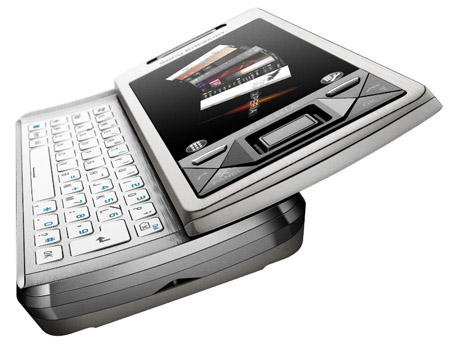It is a popular argument against ‘pay as you throw’ that this is simply another stealth tax designed to swell Whitehall coffers at the expense of Council Tax payers. The Government has often claimed in its ‘marketing’ of variable charging schemes for waste that ‘revenue neutrality’ will be transparent and will reduce costs for effective recyclers at the cost of those who persist in sending recyclables to landfill.
DEFRA themselves are insisting that any proposals put forward for their 5 pilot ‘waste incentive schemes’ must demonstrate that they are revenue neutral and don’t raise any additional income for the council. It is therefore worrying that the Local Government Association should be concerned that the Government is already using Landfill Taxes (a supposedly ‘green’ tax) as a general revenue raiser and not returning the funds to local government as promised.
Below is the letter Paul Bettison wrote to the Local Government Chronicle in May of this year…
Your article ‘Waste reduction insufficient’ states that in the last financial year, councils paid net £407m in landfill tax, following a rebate of £291m. In fact, Government has never clarified how much landfill tax revenue has been returned to councils, despite repeated requests by the LGA. It has simply said that the cost of landfill tax is taken into account in its assessment of local government spending pressures. We therefore cannot say that £291m was returned in 2007-08.
This position is becoming even more serious. The Government is substantially increasing landfill tax rates, but it appears there is no longer a commitment to return the extra money. John Healey said to the CLG Committee Enquiry on Refuse Collection in December: “we have changed our approach in this spending review period from the way we … had the full and automatic offset for local government in the previous period.”
The outcome is that despite increasing recycling rates, we estimate that councils will still pay more in landfill tax (in fact £1.5 billion over 3 years). This money will be swallowed up in government coffers, at the expense of helping councils to take further action to develop sustainable waste solutions.
This is not an acceptable outcome, puts increasing strain on council tax and does nothing to support the investment the country needs in more effective waste management. We need transparency about what Government is prepared to invest from burgeoning landfill tax revenues.
Yours truly,
Paul Bettison
Chair, LGA Environment Board
original article link here

